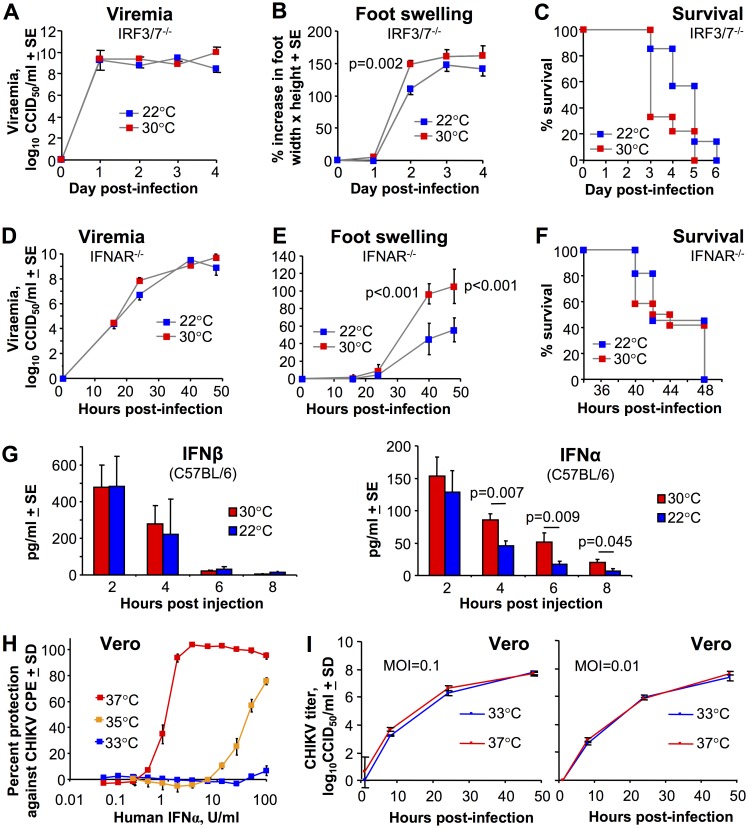Fig 2. The role of the type I interferon response.
(A) Viremia in IRF3/7-/- mice housed at 30°C or 22°C after CHIKV infection s.c. into the feet (n = 9/12 mice per group). (B) Foot swelling in IRF3/7-/- mice housed at 30°C or 22°C and infected s.c. in the feet. (Statistics by t test, n = 14–18 feet from 7–9 mice per group). (C) Survival of IRF3/7-/- mice housed at 30°C or 22°C and infected s.c. in the feet. (Statistics by Mantel-Cox Log Rank test, p = 0.071, n = 7–9 mice per group). (Data for A-C was obtained from 2 independent experiments). (D) As for A except viremia in IFNAR-/- mice (n = 5/6 mice per group). (E) As for B except foot swelling in IFNAR-/- mice. (Statistics by t test, n = 12 feet from 6 mice per group). (F) As for C except survival of IFNAR-/- mice (n = 11/12 animals per group; data obtained from 2 independent experiments). (G) Serum IFNβ and IFNα levels after s.c. injection of 5 μg poly(I:C)/jetPEI into feet. Statistics by t test except for 6 hours where a Mann Whitney U test was used due to non-normal data distribution (n = 6 mice). (H) Vero cell were incubated at the indicated temperatures and treated with IFNα for 4 hrs followed by infection with CHIKV (MOI = 0.05). Cytopathic effect (CPE) was measured after 3 days. (I) Vero cells at the indicated temperatures were infected with CHIKV at the indicated multiplicity of infection (MOI), were washed, and viral titers in the supernatants assessed at the indicated hours after washing. Data generated from 3 replicate wells.

